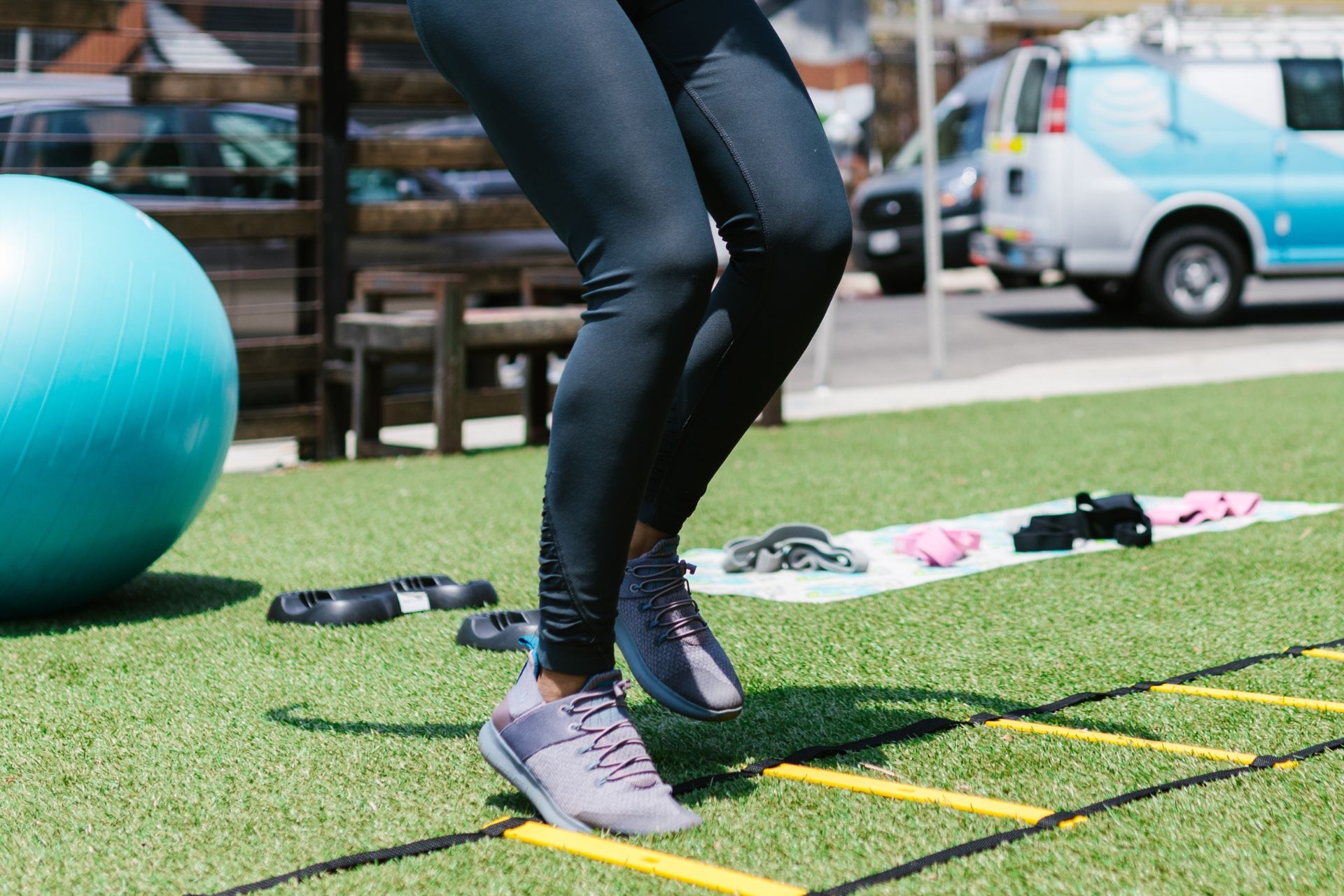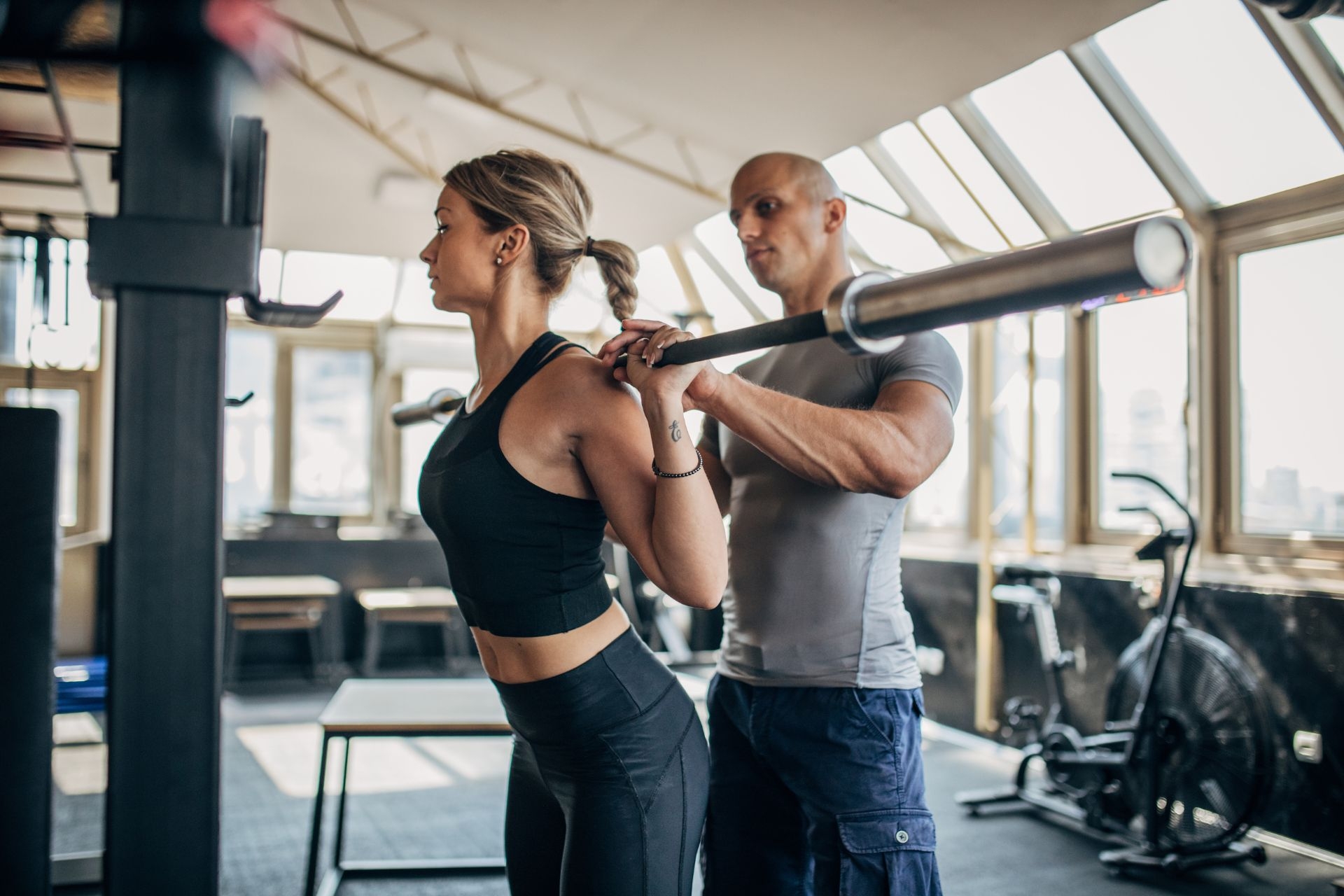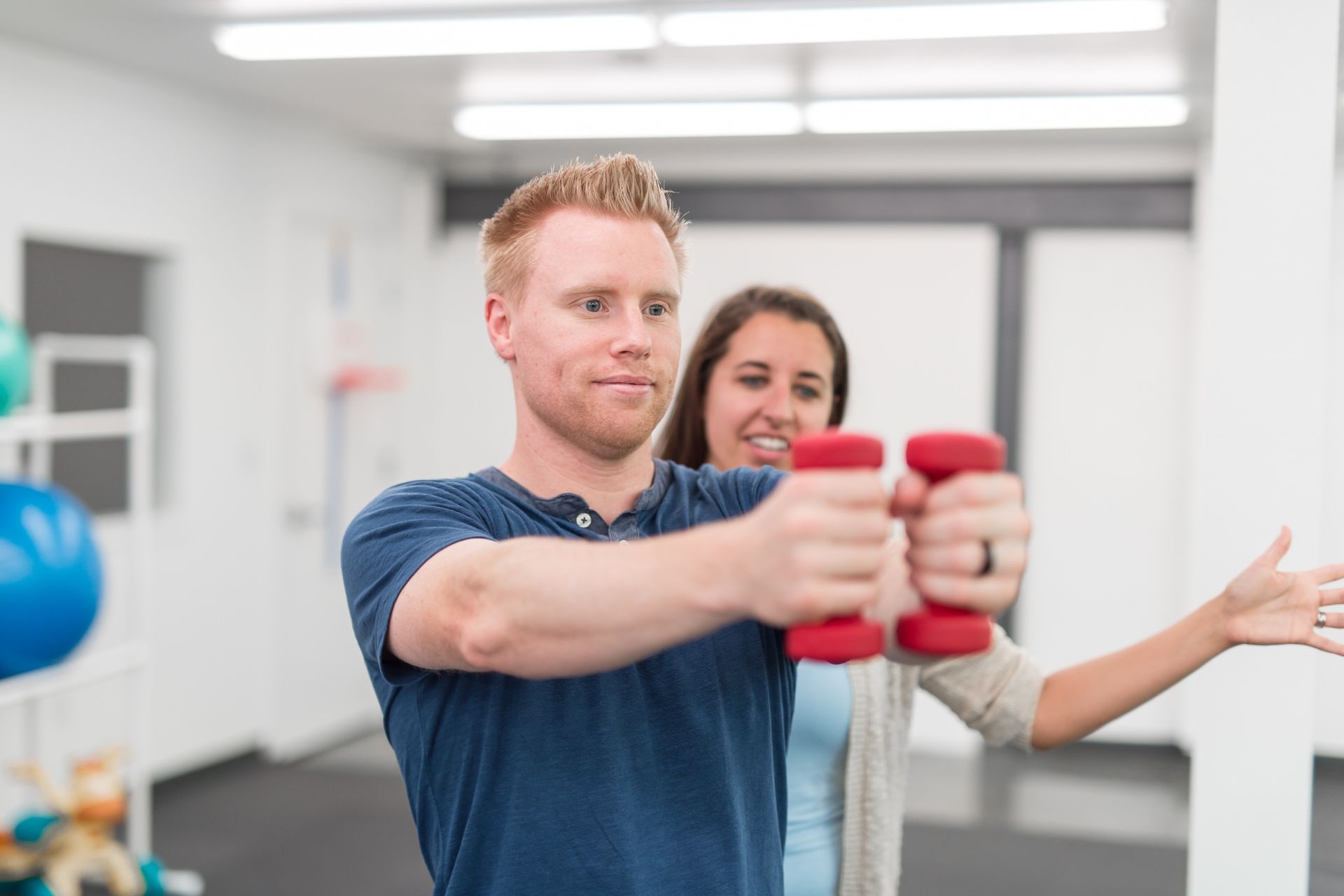Isometric Holds
How do isometric holds benefit muscle strength and endurance?
Isometric holds are beneficial for muscle strength and endurance as they require muscles to generate tension without changing in length. This sustained contraction helps to recruit more muscle fibers, leading to increased strength gains. Additionally, isometric holds can improve muscular endurance by training muscles to withstand fatigue over an extended period of time, making them more resilient during physical activities.



